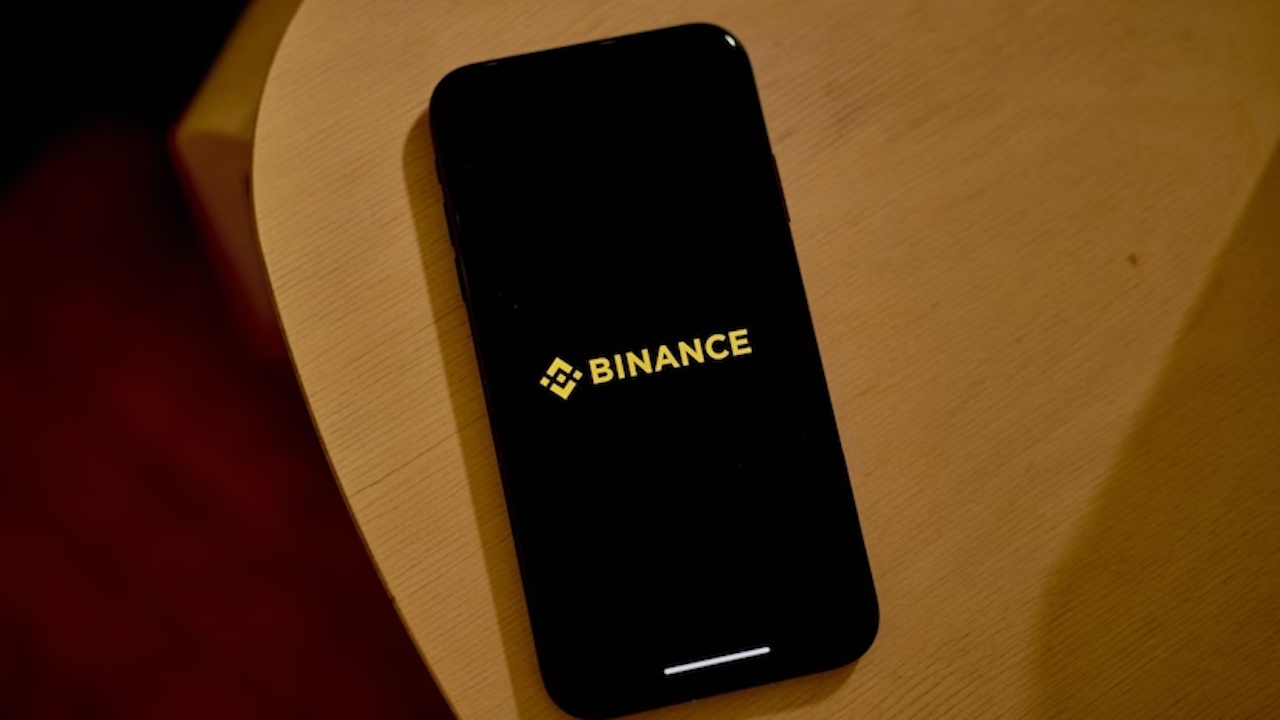
Ethereum Classic (ETC)
What tools does Nimbus offer for effortlessly monitoring Ethereum Classic?
Nimbus provides a user-friendly tracking solution equipped with intuitive tools to monitor Ethereum Classic effortlessly. These tools are specifically designed for user convenience, allowing individuals to stay seamlessly updated on the latest trends, prices, and information related to Ethereum Classic. Users can also explore the world of cryptocurrency effortlessly while simultaneously tracking Ethereum Classic prices. The platform also offers insights into profit and loss, providing a comprehensive experience without the complexity typically associated with monitoring cryptocurrencies.
How does Nimbus enable tracking Ethereum Classic prices with profit and loss?
Nimbus facilitates the tracking of Ethereum Classic prices with profit and loss through seamless integration with your crypto wallet for portfolio monitoring. By connecting with your crypto wallet, Nimbus provides a clear and comprehensive overview of various metrics, including profits, losses, revenue, expenses, return on investment (ROI), and other essential financial indicators. This integration ensures that users can analyze their cryptocurrency portfolio with precision, gaining valuable insights into their financial performance. With Nimbus, users can navigate the cryptocurrency landscape with a perfect blend of simplicity and sophistication, enhancing their ability to make informed investment decisions.
How does Nimbus analyze Ethereum Classic, and what insights does it provide?
Certainly! Nimbus possesses a robust analysis tool that is adept at evaluating and interpreting Ethereum Classic . The tool employs diverse strategies, including delving into metadata details, tracking marketplace data, and calculating performance metrics such as Return on Investment (ROI). Through these methodologies, Nimbus provides users with valuable insights into the composition and performance of their Ethereum Classic. Users can gain a comprehensive understanding of their investment. The analysis tool ensures that users are equipped with the necessary information to navigate the cryptocurrency landscape with confidence and intelligence.
Trending News
Binance Urges Court to Dismiss FTX’s $1.76B Clawback Lawsuit
Popular crypto exchange Binance has asked a Delaware court to dismiss a $1.76 billion clawback...
Cointab
May 20, 2025


Binance Urges Court to Dismiss FTX’s $1.76B Clawback Lawsuit
Popular crypto exchange Binance has asked a Delaware court to dismiss a $1.76 billion clawback...
Cointab
May 20, 2025
Kraken Launches OKX Competitor in Europe Amid IPO, Native Token Speculations
Kraken is making a significant push into Europe with its new MiFID II-compliant crypto derivatives platform, positioning itself as a strong competitor to OKX as the latter eyes European expansion. With this move, the exchange offers retail and institutional customers in the European Economic Area access to perpetual and fixed maturity crypto futures contracts. It’s
CoinGape
May 20, 2025


Kraken Launches OKX Competitor in Europe Amid IPO, Native Token Speculations
Kraken is making a significant push into Europe with its new MiFID II-compliant crypto derivatives platform, positioning itself as a strong competitor to OKX as the latter eyes European expansion. With this move, the exchange offers retail and institutional customers in the European Economic Area access to perpetual and fixed maturity crypto futures contracts. It’s
CoinGape
May 20, 2025
Warren Slams GENIUS Act as “Crypto Corruption” Bill, Warns of Trump Profiteering and Financial Collapse
Elizabeth Warren has cautioned that Senate passage of the GENIUS Act, championed by President Trump, would expand the USD1 stablecoin and hand the president oversight of it, a combination she says imperils U.S. financial stability, national security, and consumer protection.
Cryptonews.com
May 20, 2025


Warren Slams GENIUS Act as “Crypto Corruption” Bill, Warns of Trump Profiteering and Financial Collapse
Elizabeth Warren has cautioned that Senate passage of the GENIUS Act, championed by President Trump, would expand the USD1 stablecoin and hand the president oversight of it, a combination she says imperils U.S. financial stability, national security, and consumer protection.
Cryptonews.com
May 20, 2025
Ethereum’s Anticipated Surge Sparks New Investor Optimism
ETH needs closures above $2,700 for notable altcoin rallies. The consistent decline of ETH against BTC could soon end.
Cointurk News EN
May 20, 2025


Ethereum’s Anticipated Surge Sparks New Investor Optimism
ETH needs closures above $2,700 for notable altcoin rallies. The consistent decline of ETH against BTC could soon end.
Cointurk News EN
May 20, 2025
If You Have $5000 and Would Like to Turn it into $5 Million By 2028, Which Are the Best Altcoins to Buy? Top 5 Contenders
The post If You Have $5000 and Would Like to Turn it into $5 Million By 2028, Which Are the Best Altcoins to Buy? Top 5 Contenders appeared first on Coinpedia Fintech News
CoinPedia
May 20, 2025


If You Have $5000 and Would Like to Turn it into $5 Million By 2028, Which Are the Best Altcoins to Buy? Top 5 Contenders
The post If You Have $5000 and Would Like to Turn it into $5 Million By 2028, Which Are the Best Altcoins to Buy? Top 5 Contenders appeared first on Coinpedia Fintech News
CoinPedia
May 20, 2025
ETC Market Statistics
Price USD
$26.20Market Cap
$3,919,894,013.94Total Volume USD
$432,085,477.55Total Supply
210,700,000.00 ETCCirculating Supply
149,606,119.21 ETCFully Diluted Market Cap
$5,520,640,954.21Socials
Official links
Join us to Maximize your Returns & Minimize your Risk
Gain access to all exclusive data, insight that can make your investment more joy